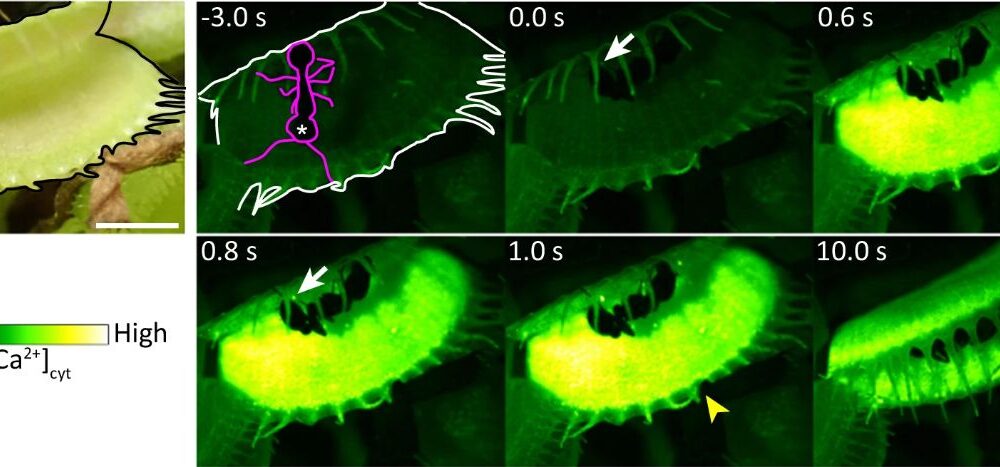A team of researchers at the Massachusetts Institute of Technology (MIT) has developed a new framework called KATMAP, designed to enhance understanding and prediction of gene splicing. This innovative model, detailed in a paper published in Nature Biotechnology on November 4, 2025, aims to clarify the complex interactions between gene sequences and splicing regulation, thereby advancing genetic research significantly.
Gene splicing is a crucial biological process that allows cells to use the same genetic instructions in various ways. This mechanism is vital in creating proteins that perform distinct functions across different cell types, such as heart and skin cells. The research team focused on splicing factors, which play a pivotal role in determining how genes are expressed. By understanding which splicing factors are employed, scientists can gain insights into the proteins produced by cells, ultimately contributing to advancements in therapeutic treatments for diseases linked to splicing mutations.
KATMAP—an acronym for Knockdown Activity and Target Models from Additive regression Predictions—utilizes experimental data from splicing factor disruption. The model predicts the likely targets of these factors by analyzing how changes in their expression affect gene splicing. This predictive capability is crucial as splicing mutations can lead to serious health conditions, including various cancers, by altering protein synthesis.
The first author of the study, Michael P. McGurk, a postdoctoral researcher in the lab of Professor Christopher Burge, emphasized the limitations of previous predictive models. Previous methods provided generalized insights but failed to predict splicing regulation accurately in specific genes. KATMAP addresses this gap by analyzing RNA sequencing data from perturbation experiments. The model assesses the impact of either increasing or decreasing the expression of a splicing factor, allowing researchers to pinpoint targets more effectively.
This model distinguishes between direct and indirect targets of splicing factors. By incorporating known binding motifs—specific sequences where splicing factors are likely to interact—KATMAP enhances the understanding of gene regulation. McGurk noted, “In our analyses, we identify predicted targets as exons that have binding sites for this particular factor in the regions where this model thinks they need to be to impact regulation.”
KATMAP is particularly beneficial for studying less understood splicing factors. The researchers aimed to create a generalizable model capable of adapting to the unique characteristics of different splicing factors. By starting with a simplified approach that considers one factor at a time, the team can lay the groundwork for more complex analyses in the future.
As the research progresses, the Burge lab is collaborating with the Dana-Farber Cancer Institute to investigate how splicing factors change in disease environments, with the goal of applying KATMAP in various contexts, including stress responses in cells. McGurk expressed ambitions to extend the model to include interactions between multiple splicing factors, which often work together.
Professor Burge, who serves as the Uncas and Helen Whitaker Professor and is affiliated with the Broad Institute of MIT and Harvard, underscored the significance of KATMAP as a tool for understanding disease pathology. He stated, “We now have a tool that can learn the pattern of activity of a splicing factor from types of data that can be readily generated for any factor of interest.”
KATMAP represents a significant advancement in genetic research, offering a new avenue for scientists to explore the intricacies of gene regulation. As researchers continue to refine this model, it holds the potential to enhance our understanding of diseases linked to splicing and offer insights into novel therapeutic approaches.
For further details, see the original publication: Michael P. McGurk et al, “KATMAP infers splicing factor activity and regulatory targets from knockdown data,” Nature Biotechnology, DOI: 10.1038/s41587-025-02881-9.







